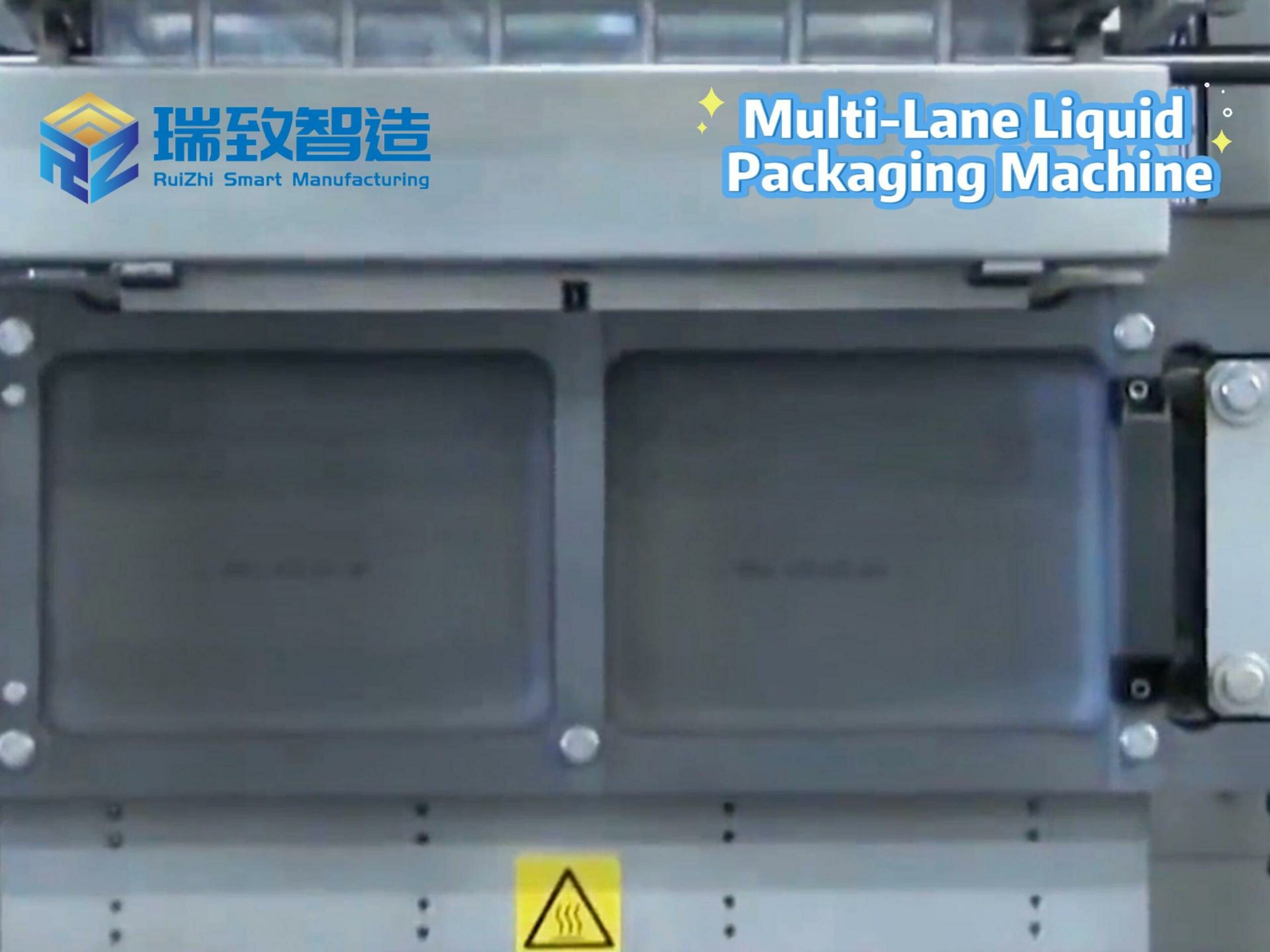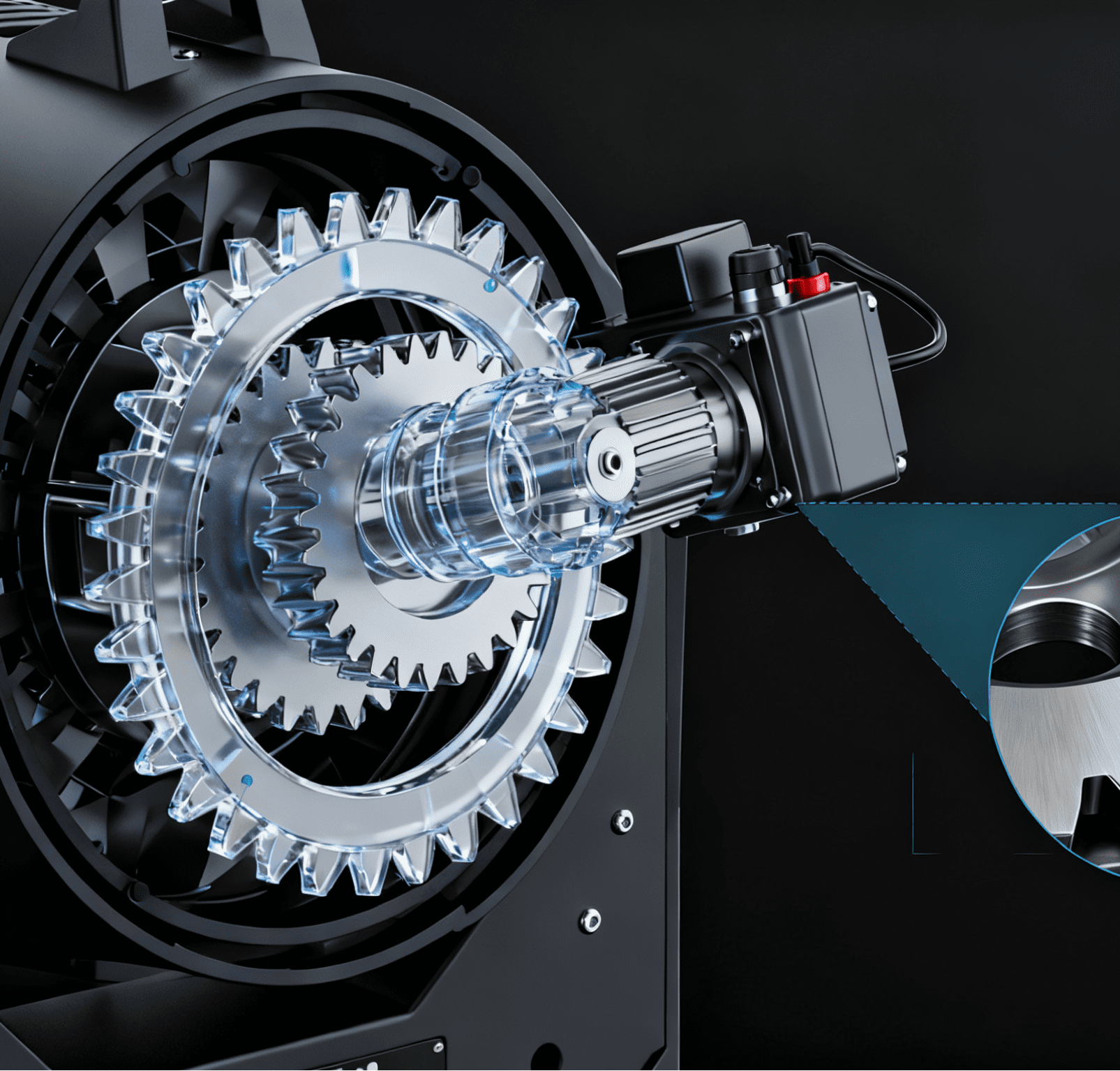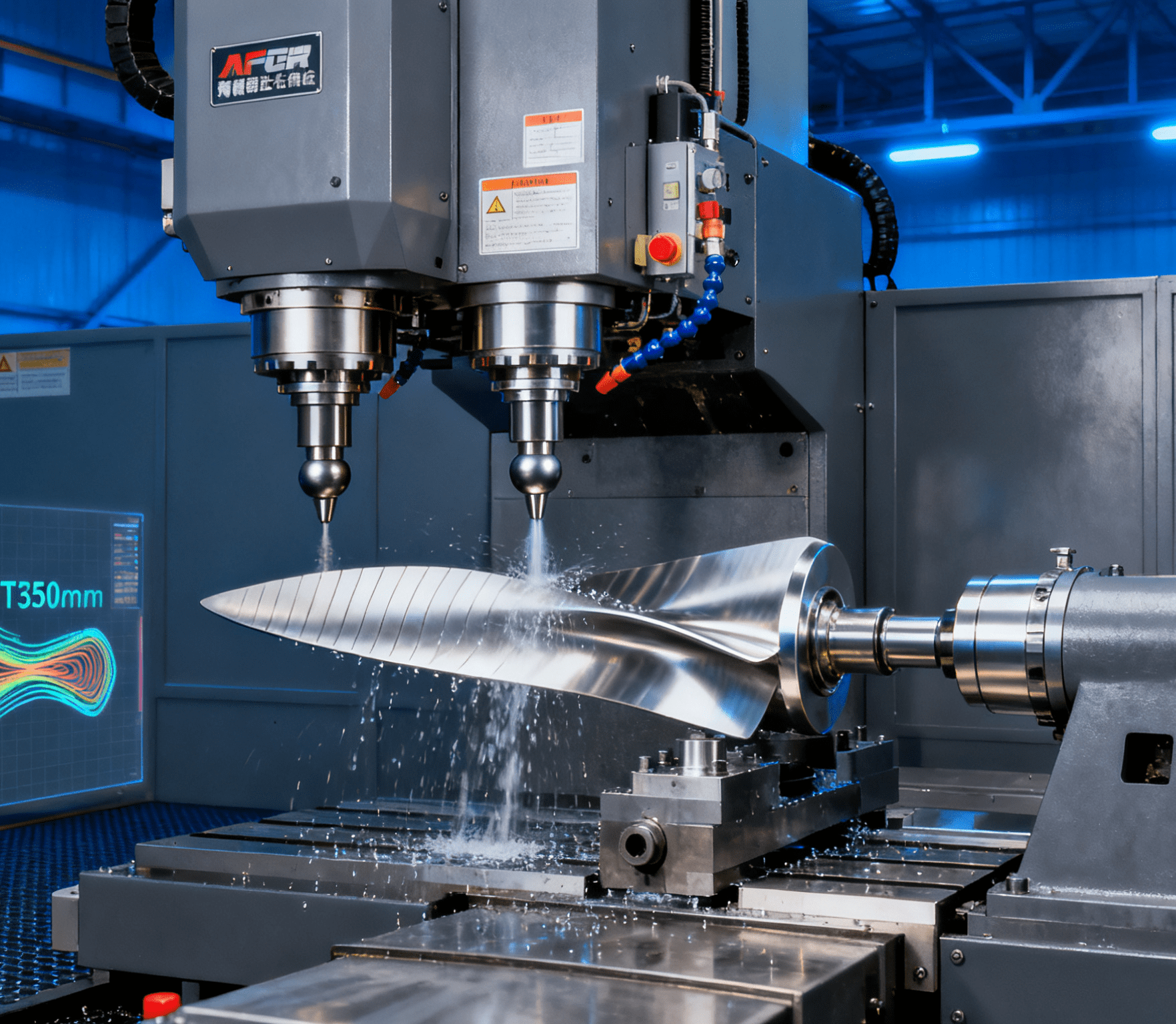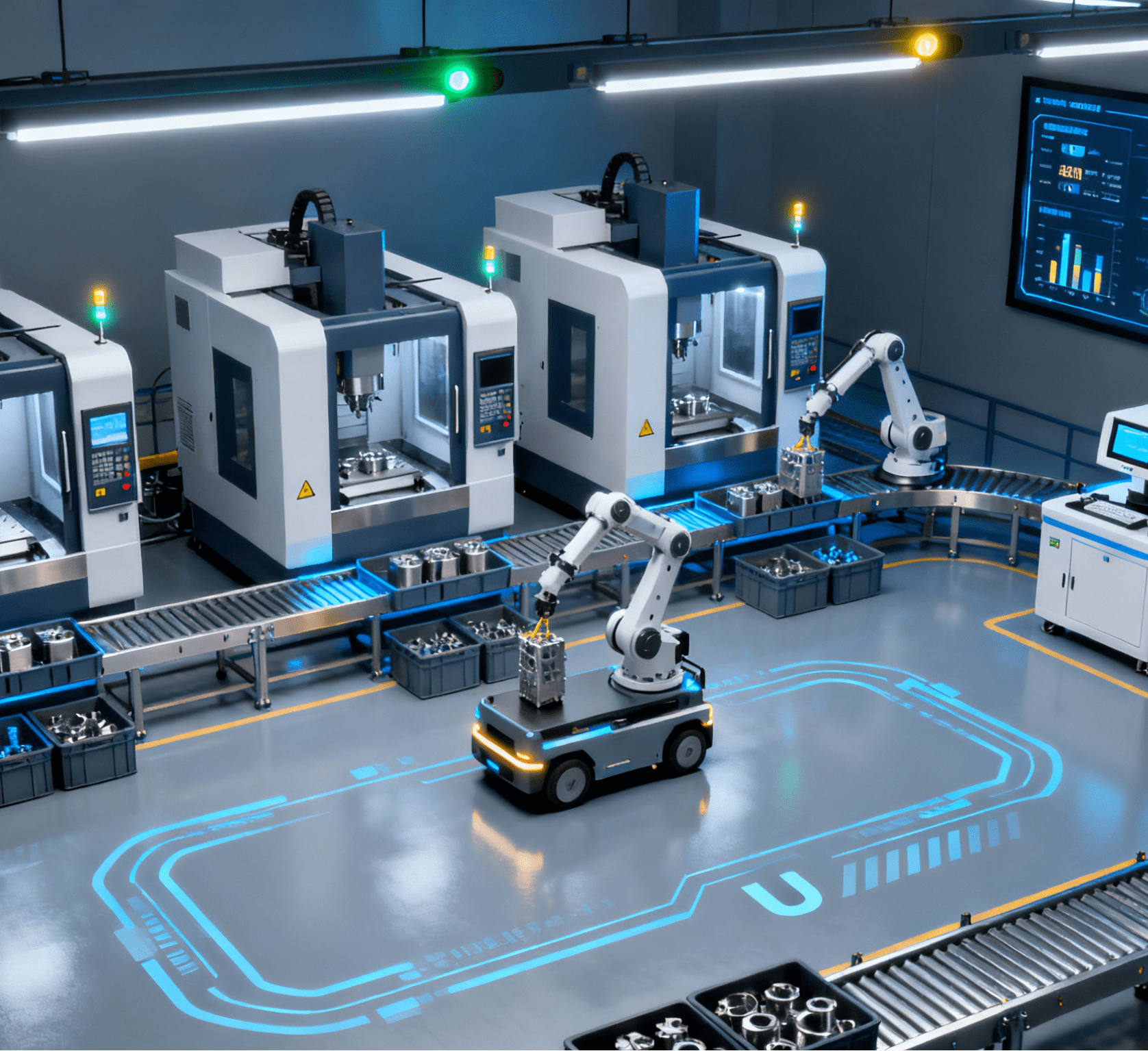Table of Contents
ToggleSoftware-Defined Flexibility: How Industrial Software Reshapes the “Brain” of Automatic Assembly Equipment
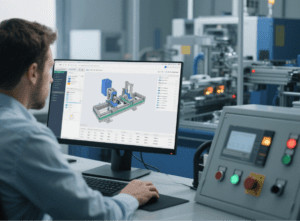
Introduction
As robotic arms break through micron-level precision and hardware modular design enables minute-level model switching, the ultimate bottleneck of flexible automatic assembly equipment has shifted from “hardware capability” to “software intelligence”—industrial software, as the “nerve center” of equipment, is evolving from a traditional “programming control tool” to an “autonomous decision-making system.” This article deeply analyzes core software technologies such as PLCopen motion control, digital twin debugging, and AI process optimization, revealing how software architectures from vendors like Siemens, Beckhoff, and Inovance upgrade equipment from “executing instructions” to “understanding requirements,” ultimately achieving the manufacturing revolution of “software-defined flexibility.”
I. Core Software Technology Clusters: Building the “Intelligent Kernel” of Flexible Equipment
Industrial software defines flexibility in three dimensions: flexibility of motion control, programmability of process logic, and autonomy of production decision-making, with its technical architecture evolving from single PLC programming to multi-tier software stacks.
1. Open Motion Control Architecture: From “Rigid Trajectory” to “Flexible Path”
Revolutionary Breakthrough of PLCopen Standards:
i. Following PLCopen Motion specifications (e.g., Part 4 robot control), it liberates robotic arm motion control from dedicated controllers, supporting third-party algorithm embedding. An automotive electronics factory accessed a self-developed “vibration suppression algorithm” via PLCopen interfaces, reducing end 抖动 (jitter) during high-speed movement from ±0.1mm to ±0.03mm.
ii. Supports “hybrid coordinate system” control: In 3C product assembly, robotic arms can simultaneously track workpiece coordinate systems (moving with conveyor belts) and tool coordinate systems (real-time tilt angle adjustment). Traditional equipment requires step-by-step programming, while flexible equipment achieves “dynamic path planning” through real-time software calculation.
Performance Support from Real-Time Operating Systems (RTOS):
i. Using real-time systems like Linux RT and QNX, task scheduling accuracy reaches 10μs level, ensuring synchronization error ≤0.01ms during multi-axis collaboration. A medical device factory’s catheter assembly equipment achieves nanosecond-level synchronization between 6-axis robotic arms and vision systems via RTOS, improving positioning accuracy by 40%.
2. Virtual Debugging Driven by Digital Twins: Eliminating Errors in the Digital World
Full-Element Modeling Technology:
- Equipment layer: Import 3D models of robotic arms and fixtures via CAD, simulating joint force deformation with finite element analysis (FEA) (error ≤0.5%).
- Process layer: Build physical models of assembly processes (e.g., torque-angle curves for screw tightening) with MATLAB/Simulink to rehearse impacts of different process parameters.
Virtual-Physical Mapping Mechanism:
In a German automotive factory’s battery module production line, the digital twin system simulated mixed production of 200+ battery models 72 hours in advance, automatically identifying fixture interference points (traditional debugging required over 30 on-site trials), compressing new line debugging time from 8 weeks to 2 weeks and saving ¥1.2 million in debugging costs.
3. AI Process Optimization Engine: From “Experience Dependence” to “Data-Driven”
Machine Learning-Based Process Parameter Self-Optimization:
- Using Bayesian optimization algorithms, automatically search for optimal crimping pressure (5-15N) and holding time (50-200ms) in connector crimping processes, 20 times more efficient than manual trial-and-error. A Taiwan-funded electronics factory increased crimping yield from 91% to 99.3% after application.
- Establish a “process knowledge graph”: Associate “material-equipment-parameter-yield” data from 2,000+ assembly processes. When new workpieces are imported, the AI engine automatically matches the most similar process cases with 85% parameter recommendation accuracy.
Reinforcement Learning for Dynamic Decision-Making:
In multi-robot collaboration scenarios, optimize robotic arm task allocation and path planning in real-time via Deep Q-Network (DQN) algorithms. An NEV battery factory’s module assembly line saw equipment utilization increase from 65% to 89% and energy consumption drop 18% through AI scheduling.
II. Analysis of Software Architectures: Flexibility Capability Comparison of Different Technical Routes
1. “Platform-Based” Solutions from International Vendors — Take Siemens TIA Portal as an Example
Three-Layer Architecture Design:
i. Equipment layer: Simatic Drive Controller supports 128-axis synchronous control with a minimum pulse period of 125μs.
ii. Virtual layer: Digital Twin Builder generates kinematic simulations based on CAD models, supporting collision detection (accuracy ±0.1mm).
iii. Application layer: Mendix low-code platform allows engineers to quickly develop model switching programs by dragging components. A German home appliance factory shortened new model debugging time from 5 days to 8 hours via this.
Flexibility Key: Open APIs through Openness interfaces enable third parties to develop specialized algorithm modules (e.g., vision positioning plugins), forming an ecosystem of “Siemens platform + industry customization.”
2. “Lightweight” Route of Japanese Vendors — Take FANUC Robot Controller as an Example
Core Advantages:
- Built-in iRVision vision system supports 2D/3D vision positioning (accuracy ±0.02mm) without additional industrial computers.
- Extended programming in FANUC L language supports flexible logic of “conditional branching + loop iteration,” enabling an electronics factory to achieve automatic identification and parameter switching for 100+ product models.
Limitations: Weak openness, difficult to access third-party AI algorithms, suitable for highly standardized scenarios.
3. “Cost-Effective” Breakthrough of Domestic Vendors — Take Inovance InoMake as an Example
- Localized Innovations:
- Supports Chinese instruction programming (e.g., “call process package_mobile phone screen bonding”), reducing engineer learning costs.
- Integrates edge computing gateways to collect equipment OEE data in real-time and upload to the cloud, enabling real-time efficiency monitoring and warning for an auto parts factory in Jiangsu and Zhejiang.
- Priced at only 60%-70% of international brands, with “process package subscription” services (e.g., ¥5,000/year for 3C assembly process libraries).
III. In-Depth Industry Applications: Scenario-Based Practices of Software-Defined Flexibility
1. Electronics Industry: Dual Challenges of High Precision and Rapid Model Switching
Application Scenario: Auto-focus assembly for mobile phone camera modules (accuracy ±0.01mm, model switching time ≤10 minutes).
Software Solutions:
- Vision algorithms: Sub-pixel edge detection based on Halcon identifies lens offsets at 0.005mm level.
- Motion control: Beckhoff TwinCAT’s “electronic cam” technology ensures synchronization error ≤0.05ms between focus motors and robotic arm movements.
- Data closed loop: Automatically save 200+ parameters (e.g., current, position, image clarity) after each focus. Through 2,000 learning iterations, AI algorithms shorten optimal focus parameter search time from 30 seconds to 2 seconds.
Achievements: A South Korean optical factory enabled mixed production of 200+ camera models, reducing model switching time from 40 minutes (traditional equipment) to 8 minutes and tripling capacity.
2. Automotive Industry: Dynamic Scheduling for Multi-Variety Mixed-Line Production
Technical Difficulty: NEV battery Pack lines need to handle 5 battery types simultaneously (size differences up to 30%), requiring 80% code rewrite in traditional PLC programs.
Software Innovations:
- Use Dassault DELMIA’s virtual debugging platform to rehearse assembly processes for different battery models and automatically generate optimal equipment layouts.
- Develop a “product gene code” system: Each battery module carries an RFID tag, and equipment automatically calls corresponding PLC program segments after reading (e.g., Fixture A→Program Segment 01, Fixture B→Program Segment 02), achieving “zero-programming” model switching.
Data Verification: A domestic automaker’s battery plant reduced mixed-line production switching time from 2 hours to 15 minutes through software flexibility transformation, improving order response speed by 400%.
3. Medical Devices: Balancing Compliance and Flexibility
Special Requirements: Surgical instrument assembly must meet FDA GMP regulations, with any process changes traceable—traditional flexible solutions struggle to meet compliance requirements.
Software Countermeasures:
- Adopt PTC ThingWorx’s “digital thread” technology to record full-process data from design to production (accuracy reaching 1μs-level timestamps).
- Develop “compliant process packages”: Preset 21 CFR Part 11 electronic signature functions, requiring dual authorization for any parameter modifications and automatically generating audit trail reports.
Application Effects: Using this solution, a US-funded medical device factory supports assembly of 20+ surgical forceps models while successfully passing FDA on-site audits, shortening compliant approval time for process changes from 4 weeks to 1 week.
IV. Future Trends: The “Autonomous” Revolution of Industrial Software
No-Code Programming: Empowering Process Experts as Software Developers
Develop programming tools based on natural language processing (NLP), allowing engineers to directly input “insert Part A into Part B at a 45° angle with pressure controlled at 0.5-0.8N,” with the system automatically generating executable PLC code. By 2025, no-code programming is expected to cover 60% of conventional assembly processes.
Edge AI and Cloud Collaboration
Deploy lightweight AI models at the device end (e.g., TensorFlow Lite for Microcontrollers) for real-time defect detection (response time ≤10ms), while uploading complex process optimizations to the cloud (e.g., training large models with PyTorch), forming a flexible closed loop of “edge real-time decision-making + cloud continuous evolution.”
Open-Source Industrial Software Ecosystems
Based on open-source frameworks like ROS-Industrial and OpenPLC, SMEs can customize exclusive flexible solutions. A German start-up used open-source software to develop flexible assembly units costing only 1/3 of traditional solutions, now holding 20% of Europe’s micro-motor market share.
Conclusion
Industrial software’s definition of flexibility is essentially “using digital models to abstract the uncertainties of the physical world”—when every robotic arm movement, fixture switch, and process parameter set can be accurately described, simulated, and optimized by software, production lines gain the intelligence to “understand, adapt to, and predict changes.” From PLCopen standards breaking hardware monopolies, to digital twins rehearsing physical processes, to AI algorithms autonomously optimizing processes, industrial software is upgrading flexible manufacturing from “engineering experience” to “digital science.” For manufacturing enterprises, the core of choosing flexible equipment is no longer the number of robotic arm axes or precision, but the software architecture carried by its “brain”—this determines whether the production line is a “machine” that can only execute preset programs or an “intelligent agent” capable of continuous evolution. In the era of software-defined manufacturing, the boundaries of flexibility are the boundaries of industrial software’s imagination.

